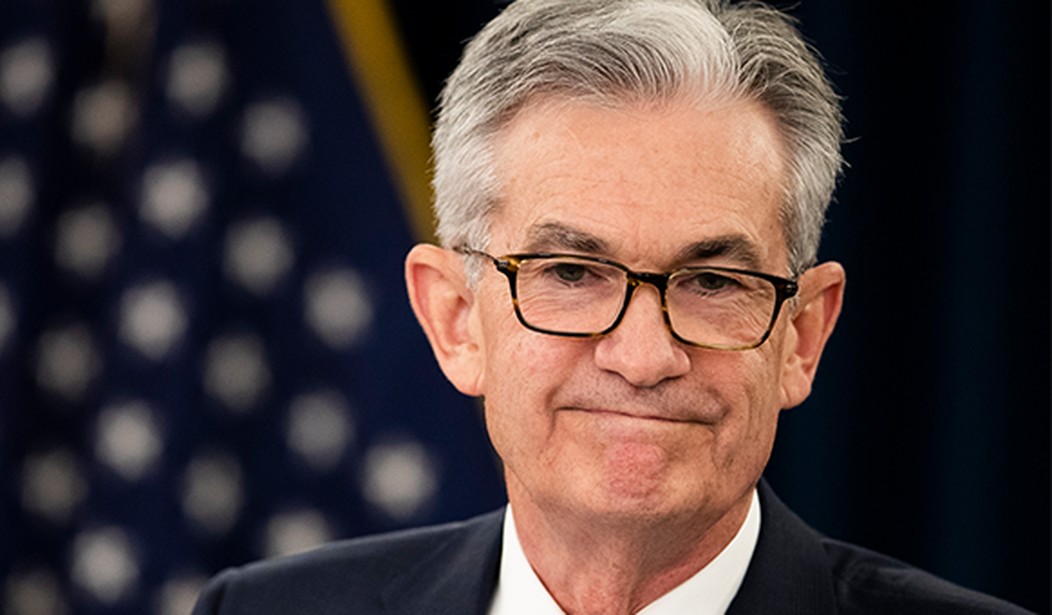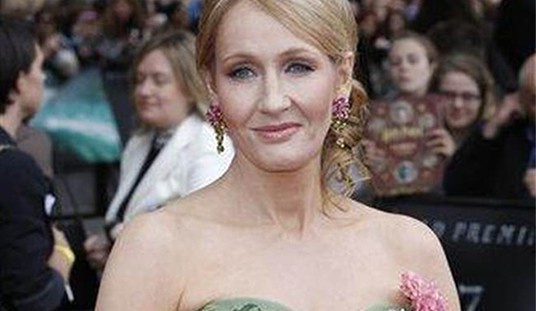On Wednesday, the Federal Reserve Board’s Open Market Committee (FOMC) raised its federal funds rate by 75 basis points — the third consecutive month the Fed has raised the rate by 75 points.
But the Fed admitted that its policies weren’t doing anything to slow inflation and promised more big rate increases in the future. The FOMC said its goal was to raise the federal funds rate to 4.40 percent by the end of the year before maxing out at 4.6 percent next year.
More worrisome for Joe Biden and the Democrats are economic projections that show growth slowing to a crawl through 2024.
The U.S. central bank’s quarterly economic projections, meanwhile, showed the economy slowing to a crawl in 2022, with year-end growth at 0.2%, rising to 1.2% in 2023, well below the economy’s potential. The unemployment rate, currently at 3.7%, is projected to rise to 3.8% this year and to 4.4% in 2023. Inflation is seen slowly returning to the Fed’s 2% target in 2025.
Rate cuts are not foreseen until 2024.
That’s if everything breaks right and the war in Ukraine is ended without blowing up the world, and no other economic shocks — like a default of a major European economy — occur.
NRO’s Dominic Pino thinks the Fed is being overly optimistic.
Meanwhile, nominal spending continues to be above-trend. The elected parts of government are spending recklessly, and fiscal policy is working against monetary policy. Under these circumstances, the Fed will need to continue to raise rates.
Thus the major difference between the FOMC’s June projections and the ones it released today: In June, members thought the federal-funds rate would be 3.8 percent next year and 3.4 percent in 2024. Today, they think it will need to be 4.6 percent next year and 3.9 percent in 2024, which means accelerating increases through next year with the hope of beginning to cut in 2024.
This is not very promising.
No, it’s not. And the political implications are worrisome for the Democrats. Those rates will begin to come down in 2024 *if* Congress and Joe Biden can get a handle on spending. And there’s nothing that’s been said or done by either the president or Congress that would lead anyone to believe that the thought of reducing federal spending even crossed their minds.










Join the conversation as a VIP Member